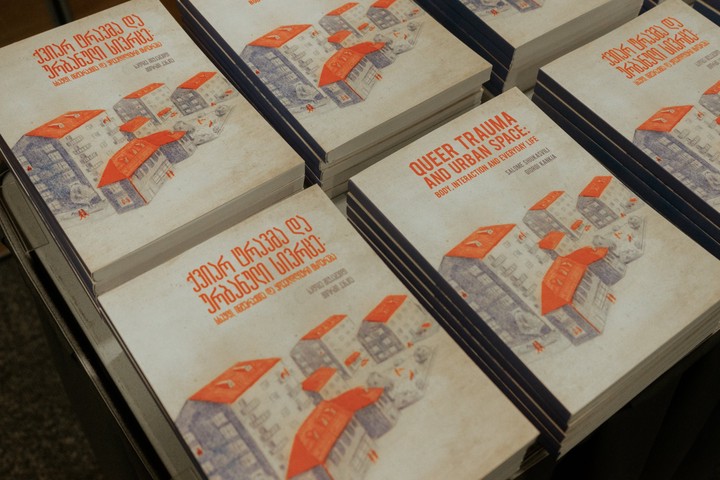
Abstract
In the last few years, following traumatic experiences, discussions regarding visibility politics and feminist agenda have resurfaced in Georgia. However, there is less focus on the consequences which different forms of activism have on the everyday lives of the community members and the chronic nature of traumatic experiences. Moreover, the interaction of queer people with the built environment they inhabit, where they work, form and develop social relations remains largely ignored. In this regard, it is essential to understand the impact of traumatic events the members of the queer community experienced on May 17th or July 5th and continue to experience daily. To that end, the study relies on in-depth interviews with queer persons, and discusses their relationship with urban space and forms of interaction in the context of trauma. The analysis revealed that this relationship is mutual and co-constructive. The social and built environments evoke feelings of danger and constant expectation of traumatic experiences. They might even contribute to making queer persons victims of an actual assault. On the other hand, queer people develop and change how they look while simultaneously reforming the social and built environment around them. In this regard, the study reveals the fluid, constantly changing character of safe space, queer body and its strategies when interacting with urban environment.
I am happy I was given the opportunity to talk about our research alongside the co-author of this publication, Salome Shiukashvili at the Tbilisi Feminist Forum organized by WISG.
Currently, there is only a limited number of printed copies available. Once the digital copy of the research report is available, it will be added to this page.